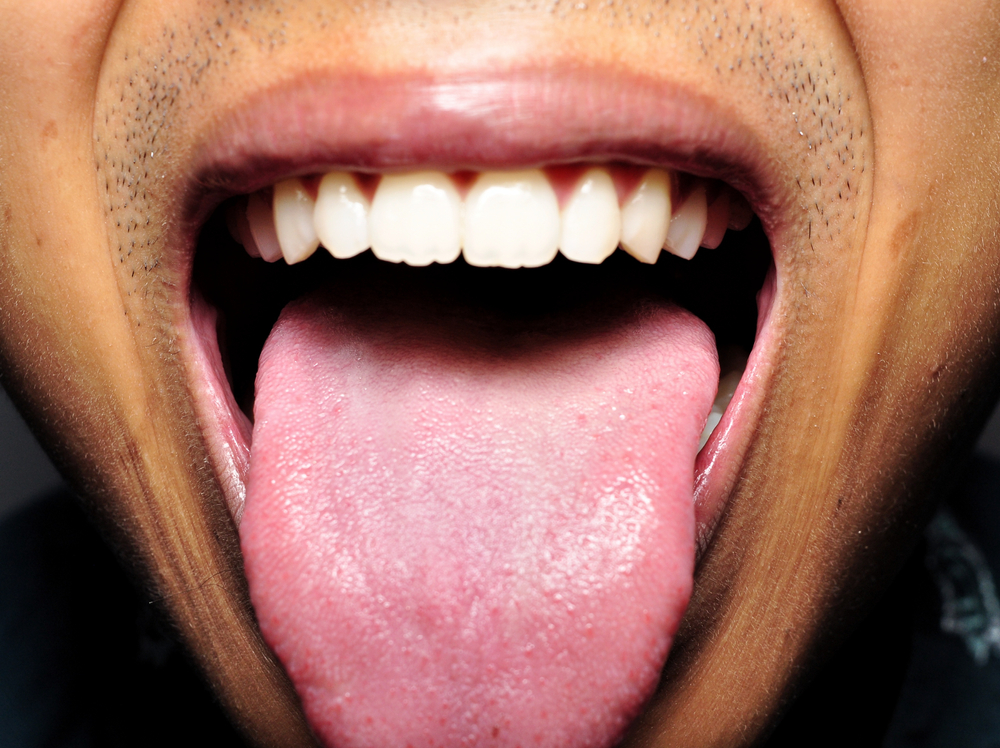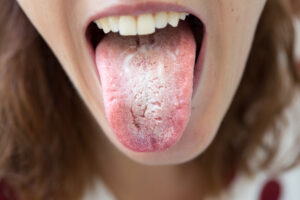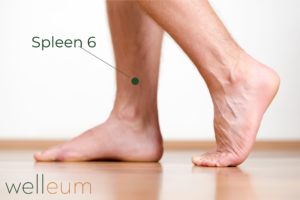TONGUE DIAGNOSIS
In TCM Dermatology

Understanding Tongue Diagnosis in TCM
Principles of Tongue Diagnosis
In Traditional Chinese Medicine (TCM), the tongue serves as a valuable diagnostic tool, offering insights into the body’s internal state. Tongue diagnosis involves observing the tongue’s color, shape, coating, and moisture to discern patterns of disharmony and identify underlying imbalances. These observations are based on TCM principles of Yin-Yang, Qi, Blood, and body fluids, providing a holistic understanding of health and disease.
Techniques of Tongue Diagnosis
Tongue diagnosis encompasses several key techniques:
– **Color:** The color of the tongue body reflects the overall condition of Qi, Blood, and body fluids. For example, a pale tongue may indicate Blood deficiency, while a red tongue suggests heat or excess.
 – **Coating:** The coating refers to the layer of moisture and debris on the tongue surface. Its thickness, color, and distribution provide clues to the state of digestion, metabolism, and pathogenic factors. A thick, greasy coating may indicate dampness or phlegm accumulation.
– **Coating:** The coating refers to the layer of moisture and debris on the tongue surface. Its thickness, color, and distribution provide clues to the state of digestion, metabolism, and pathogenic factors. A thick, greasy coating may indicate dampness or phlegm accumulation.
– **Shape:** The shape of the tongue body reveals the condition of the organs and meridians. For instance, a swollen tongue with tooth marks on the edges suggests Spleen Qi deficiency, while a stiff tongue may indicate Liver Qi stagnation.
– **Moisture:** The moisture level of the tongue reflects the body’s hydration status and the balance of Yin and Yang. A dry tongue may signify Yin deficiency or excess heat, while a moist tongue indicates proper fluid balance.
Tongue Diagnosis in TCM Dermatology
Diagnostic Significance
In TCM dermatology, tongue diagnosis offers valuable insights into the underlying imbalances contributing to skin disorders. By examining the tongue, practitioners can identify patterns of disharmony related to specific dermatological conditions, such as eczema, psoriasis, acne, and rosacea.
Eczema
 In eczema, a red or purplish tongue with a thick, yellow coating may indicate heat and dampness accumulation. The presence of red spots or cracks on the tongue body may suggest Blood heat and stagnation, exacerbating inflammatory skin lesions.
In eczema, a red or purplish tongue with a thick, yellow coating may indicate heat and dampness accumulation. The presence of red spots or cracks on the tongue body may suggest Blood heat and stagnation, exacerbating inflammatory skin lesions.
Psoriasis
Psoriasis often manifests as dry, scaly plaques on the skin, reflecting underlying Blood heat and dryness. A red tongue with little coating may indicate Blood heat, while a pale tongue with a thick coating may suggest Blood stagnation and dampness.
Acne
Acne is commonly associated with internal imbalances such as heat, dampness, and Blood stagnation. A red tongue with a yellow coating may signify heat and dampness accumulation, while a pale tongue with tooth marks may indicate Spleen Qi deficiency contributing to poor digestion and metabolic dysfunction.
Rosacea
Rosacea, characterized by facial redness and flushing, is often linked to heat and Blood stagnation in TCM. A red tongue with yellow coating and red spots may indicate excess heat, while a pale tongue with purple spots may suggest Blood stasis and poor circulation.
Integrating Tongue Diagnosis with Treatment
Herbal Medicine
Herbal formulas tailored to the underlying patterns identified through tongue diagnosis are central to TCM dermatology treatment. For example, formulas that clear heat, resolve dampness, and invigorate Blood circulation may be prescribed for eczema and psoriasis, while formulas that tonify the Spleen and cool heat may be used for acne and rosacea.
Acupuncture
 Acupuncture points selected based on tongue diagnosis findings can help regulate the body’s internal environment and promote skin healing. Points that harmonize the Spleen and Stomach, such as ST36 (Zusanli) and SP6 (Sanyinjiao), may be used to address digestive imbalances underlying skin conditions. Points that clear heat and invigorate Blood circulation, such as LI4 (Hegu) and SP10 (Xuehai), may be employed to alleviate inflammatory skin lesions.
Acupuncture points selected based on tongue diagnosis findings can help regulate the body’s internal environment and promote skin healing. Points that harmonize the Spleen and Stomach, such as ST36 (Zusanli) and SP6 (Sanyinjiao), may be used to address digestive imbalances underlying skin conditions. Points that clear heat and invigorate Blood circulation, such as LI4 (Hegu) and SP10 (Xuehai), may be employed to alleviate inflammatory skin lesions.
Dietary and Lifestyle Modifications
Dietary and lifestyle recommendations tailored to the individual’s constitution and tongue diagnosis findings support the effectiveness of TCM dermatology treatment. Patients may be advised to avoid spicy, greasy foods that contribute to heat and dampness, while incorporating cooling, hydrating foods that nourish Yin and clear heat.
Research and Clinical Evidence
Clinical Studies
Research investigating the diagnostic accuracy and therapeutic efficacy of tongue diagnosis in TCM dermatology is growing. Studies have shown that tongue diagnosis findings correlate with specific dermatological conditions and treatment outcomes. For example, a study by Wang et al. (2019) found that patients with eczema had a higher prevalence of red tongues with thick yellow coatings, supporting the diagnostic significance of tongue diagnosis in identifying heat and dampness patterns.
Integrative Approaches
Integrative approaches that combine TCM with conventional dermatological treatments offer promising results in managing skin disorders. A systematic review by Li et al. (2020) highlighted the effectiveness of combining herbal medicine and acupuncture with Western therapies for psoriasis, acne, and eczema. Integrative treatment approaches address both the symptomatic relief of skin lesions and the underlying imbalances contributing to chronic skin conditions.
Conclusion
Tongue diagnosis plays a vital role in TCM dermatology, offering valuable insights into the underlying imbalances contributing to skin disorders. By examining the tongue’s color, coating, shape, and moisture, practitioners can identify patterns of disharmony related to specific dermatological conditions and tailor treatment strategies accordingly. Integrating herbal medicine, acupuncture, dietary modifications, and lifestyle interventions based on tongue diagnosis findings enhances the effectiveness of TCM dermatology treatment and promotes holistic skin health.
**References:**
Li, X., Gao, L., & Wang, J. (2020). Integrative Treatment of Psoriasis: A Systematic Review. *Journal of Integrative Dermatology*, 18(2), 127-136.
Wang, Y., Zhang, L., & Zhao, H. (2019). Tongue Diagnosis in Eczema: A Clinical Study. *Journal of Traditional Chinese Dermatology*, 40(3), 230-238.
Newer
The Interplay of Spleen Qi Deficiency and Dampness in Chronic Fatigue Syndrome
Older
The Five Shen and Dream Interpretation in TCM
Comments (0)
Leave a reply
You must be logged in to post a comment.




